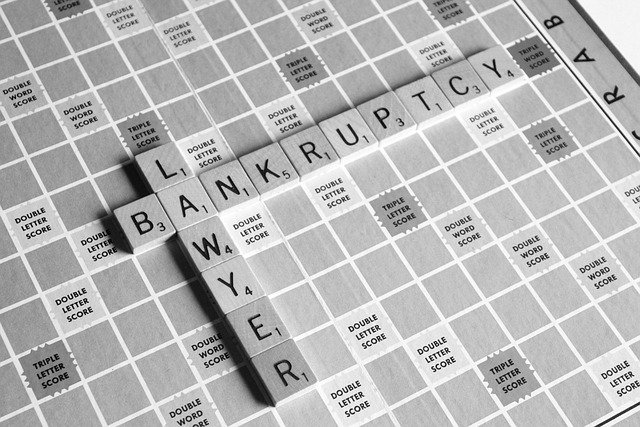According to statistics released by the Administrative Office of the U.S. Courts, annual bankruptcy filings totaled 517,308 in the year ending December 2024, compared with 452,990 cases in the previous year.
Business filings increased 22.1%, from 18,926 to 23,107. Meanwhile, non-business bankruptcy filings increased 13.9% to 494,201, compared to 434,064 in December 2023. Bankruptcy allows individuals or businesses unable to repay their debts to seek relief under federal law.
How often can you file bankruptcy in California or other states? In the United States, including California, there is no legal limit to the number of times you can file for bankruptcy. Do not forget that there are specific waiting periods between filings if you want to get your debts discharged.
This article will help you understand the various types of bankruptcy and their consequences, allowing you to choose the best path for your situation.
Understanding Bankruptcy Basics
Bankruptcy is an irreversible concept, but it should be learned by anyone facing financial difficulties.
Bankruptcy is a formal judicial solution that people or companies with an overwhelming debt load can seek under the protection of the federal court. People filing for bankruptcy must disclose their financial situation, including debts, assets, revenues, and operating costs.
Creditors’ collection actions cease immediately after filing for bankruptcy. Bankruptcy can have long-term consequences for your credit and financial options, but it also allows you to regain control of your finances.
According to the law firm Ambrogio, Pletter and Associates, if you are in debt and struggling to meet your obligations, or if you are in a cycle of making minimum monthly payments without reducing your balances, you should learn about your debt relief options, including bankruptcy.
Consider bankruptcy based on your specific situation, weighing its pros and cons with the guidance of your attorney, who can provide more informed assistance.
Different Types of Bankruptcy
When faced with financial adversity, understanding your options can significantly impact your situation. When thinking of filing for bankruptcy, you can choose from various chapters.
The most common type of bankruptcy is Chapter 7 settlement, which typically absolves most unsecured debts promptly. Most applicants would find it more practical to apply for Chapter 13, a three-to-five-year chapter that allows for refinancing.
Chapter 11 bankruptcy allows businesses to reorganize and restructure their debts to regain financial stability and work toward repayment.
Chapter 12 includes provisions that allow family farmers and fishermen to restructure their debts and financial plans to reflect the realities of their industries.
Each type has its qualification requirements and benefits, so it’s important to assess which is best for you. These distinctions will help you make a well-informed decision for your situation.
The Bankruptcy Process Explained
Bankruptcy processes may appear to be complicated. To make it easier, one should understand one step before moving to the next step.
Examine your financial situation to decide the kind of bankruptcy filing that suits you. After carefully assessing your situation, gather all your financial documents, such as income records and debt records, to facilitate the document-filing process.
Complete the requisite forms and come to the court, filing them with the court and paying a prescribed fee.
The creditor meeting will be held after you have paid the necessary fee. A trustee will be appointed to oversee the process and manage financial assets.
The final step in the bankruptcy process is to successfully complete the required debtor education and counseling programs so that you can proceed to rebuild your finances.
Consequences of Filing for Bankruptcy
Bankruptcy comes with significant consequences.
Filing for bankruptcy affects credit ratings, making it hard to borrow from lenders. Bankruptcy stays on the credit report for seven to 10 years, directly affecting housing and employment opportunities.
In bankruptcy, you may face an uncertain loss of assets if certain property can be liquidated to pay creditors. People who file for bankruptcy may experience emotional distress as a result of the loss of financial stability and the stigma associated with the process.
Before declaring bankruptcy, you must carefully evaluate its potential consequences.
Rebuilding After Bankruptcy
Bankruptcy can be a catalyst for positive change in your financial life. Inspect your current budget and draw out opportunities for saving money.
Build an emergency fund to protect you from future financial meltdowns. Work on increasing your credit score by paying bills promptly and keeping your credit utilization very low. Explore secured credit cards or credit-builder loans.
Educate yourself about personal finance through books or workshops. Surround yourself with people who have a positive impact and help you achieve your monetary goals.
Keep in mind that the implications of bankruptcy vary depending on individual circumstances.
